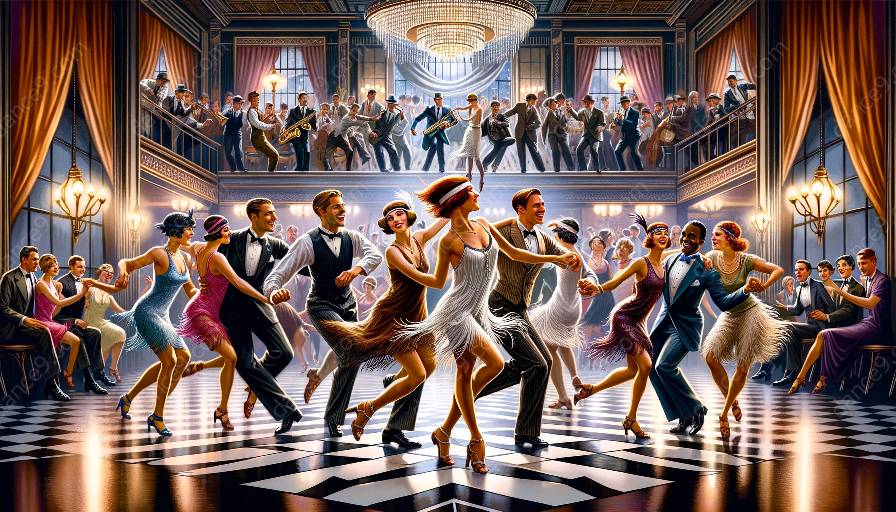Dance classes, especially those focused on Charleston, are known to significantly enhance coordination and flexibility. Through dedicated practice and instruction, individuals can develop these skills, leading to improved physical and mental well-being. Let's explore the ways in which dance classes contribute to skill development in coordination and flexibility.
The Charleston Dance Style
The Charleston is a lively and energetic dance style that originated in the 1920s. It involves quick footwork, syncopated rhythms, and coordinated movements of the arms and legs. This dynamic style promotes agility, balance, and graceful body movements, making it an ideal choice for individuals looking to improve their coordination and flexibility.
Coordination Development
Participating in dance classes, particularly those focusing on the Charleston, offers a myriad of benefits for coordination development. The intricate footwork, precise body movements, and synchronization with music require dancers to develop a high degree of coordination. Through consistent practice, individuals can improve their ability to control and coordinate their movements, leading to enhanced motor skills and overall agility. The Charleston's unique rhythm and timing further challenge dancers to maintain coordination, contributing to improved physical dexterity and spatial awareness.
Flexibility Enhancement
Flexibility is a key component of dance, and the Charleston plays a remarkable role in enhancing this skill. The fluid movements and varied body positions in Charleston dance routines promote flexibility throughout the entire body. Regular participation in Charleston dance classes can lead to increased joint mobility, muscle elasticity, and overall suppleness. As dancers strive to execute intricate steps and movements, they naturally stretch and strengthen their muscles, resulting in improved flexibility and range of motion.
Mental and Emotional Benefits
Besides the physical advantages, dance classes contribute to mental and emotional well-being. Charleston dance sessions provide an avenue for self-expression and creativity, fostering a positive mindset and reducing stress. Learning and mastering new dance routines can boost confidence and self-esteem, leading to a greater sense of accomplishment. Additionally, the social aspect of dance classes promotes a supportive and encouraging environment, which can positively impact mental health.
Overall Well-being
Engaging in Charleston dance classes offers a holistic approach to improving coordination and flexibility. The combination of physical activity, artistic expression, and social interaction contributes to overall well-being. Not only do participants experience physical developments, but they also benefit from increased social connections and a sense of community.
Conclusion
Dance classes, particularly those centered on the Charleston style, provide an ideal platform for individuals to enhance their coordination and flexibility. Through structured instruction and regular practice, participants can experience significant improvements in these skills, leading to greater physical health, mental well-being, and overall enjoyment of the art form.













































































